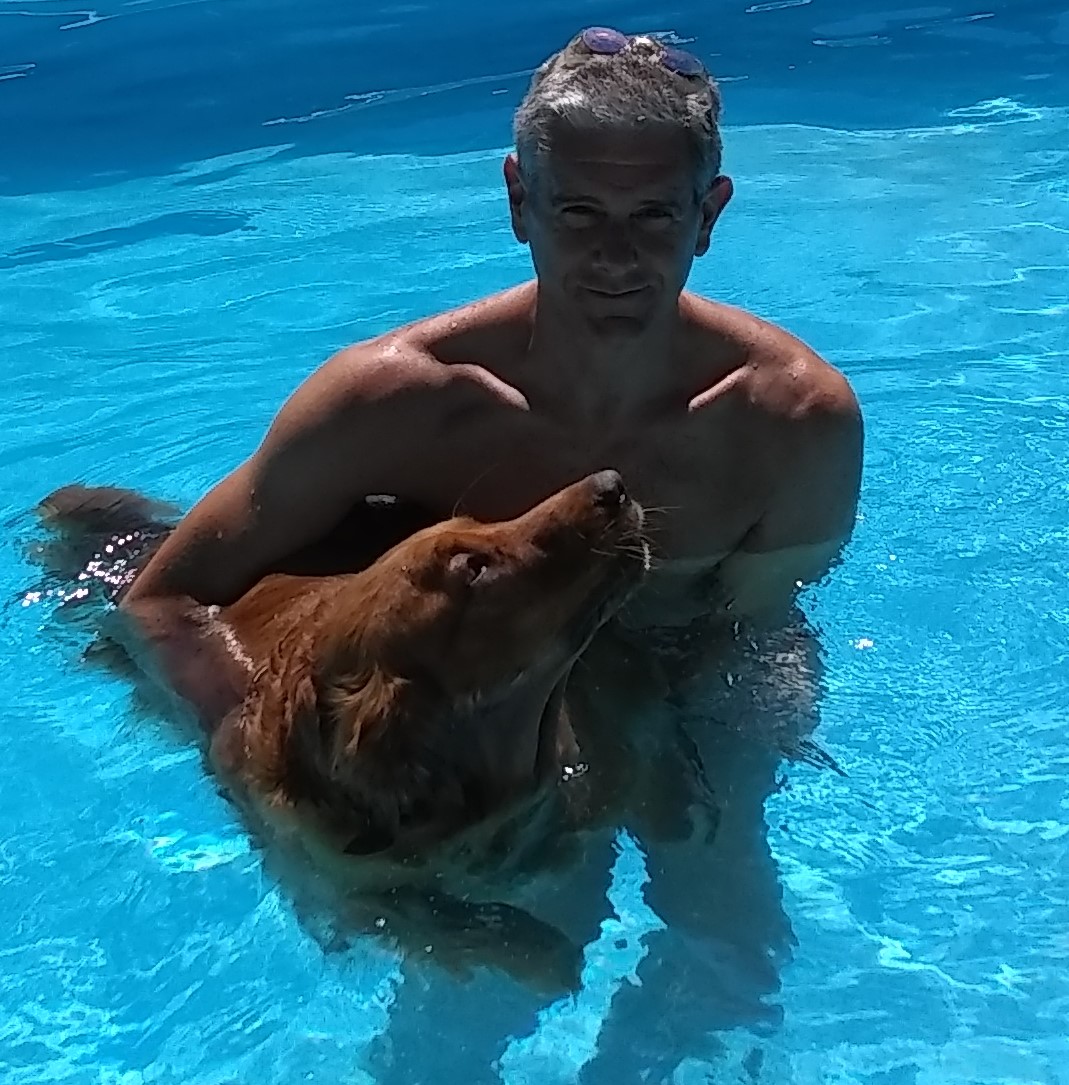Dogs have always held a special place in our hearts with their loyalty, companionship, and the endearing way they communicate their emotions. As pet owners, we often wonder what goes on in their minds, and one question that frequently arises is, “What do dogs dream about?” Just like humans, dogs experience a world of dreams while they snooze, and while we can’t directly ask them, science and observations offer some fascinating insights into the canine dreamworld.
The Basics of Canine Dreams
To understand what dogs dream about, it’s essential to recognize that dogs share a similar sleep cycle with humans, including rapid eye movement (REM) and non-REM phases. REM sleep is the stage most associated with dreaming in both humans and dogs. During this phase, dogs’ brains become highly active, and their bodies may exhibit various reactions, including twitching, vocalizations, and even running in their sleep.
What Do Dogs Dream About?
- Daily Experiences: Just like humans, dogs often dream about events and experiences from their daily lives. If your dog spent the day chasing a ball, playing with other dogs at the park, or exploring a new environment, there’s a good chance these activities will find their way into their dreams.
- Social Interactions: Dogs are social creatures, and they form strong bonds with their human and canine companions. It’s likely that they dream about interactions with family members, other pets, or even their favorite playmates.
- Hunting and Chasing: Dogs are descendants of wolves, and many breeds retain their hunting instincts. In their dreams, dogs may imagine themselves chasing after prey, whether it’s a squirrel, a bird, or a toy.
- Reenacting Training and Learning: Training sessions are a significant part of a dog’s life. Dogs may dream about commands they’ve learned, practicing them in their sleep, or envisioning treats and praise for a job well done.
- Past Traumas and Fears: Dogs, like humans, can have nightmares. If a dog has experienced trauma or has phobias, these troubling memories may resurface in their dreams. This is one reason why some dogs may whimper or display signs of distress during REM sleep.
- Comfort and Security: Dogs are creatures of comfort, and their dreams may involve cozy moments on their favorite couch, cuddles with their owners, or the feeling of security and warmth.
How Do We Know Dogs Dream?
Scientific studies have offered some valuable insights into canine dreams. Researchers have conducted experiments monitoring dogs’ brain activity during sleep, revealing patterns consistent with dreaming. PET scans have shown that the same areas of a dog’s brain are active during REM sleep as when they are awake and engaged in particular activities, suggesting that dogs do, in fact, experience dreams.
Observations by pet owners also support the idea of dogs dreaming. Many dog owners have witnessed their pets twitching, wagging their tails, or even “running” during sleep, often accompanied by muffled barks or whimpers. These behaviors are believed to be reactions to the content of their dreams.
While we may never fully comprehend the intricacies of a dog’s dreams, it’s evident that dogs experience a rich dreamworld filled with a blend of their daily experiences, instincts, and emotions. Just as our dreams reflect our lives, it’s safe to say that dogs’ dreams are a reflection of theirs. As responsible pet owners, it’s essential to provide our canine companions with love, security, and a life filled with positive experiences, so their dreams remain as delightful as the wagging tails they greet us with each day.
Sources:
- Aknin, L. B., et al. (2012). Dogs (Canis familiaris) Evaluate Humans on the Basis of Direct Experiences Only. PLOS ONE, 7(10), e46880. https://journals.plos.org/plosone/article?id=10.1371/journal.pone.0046880








